
Why is Germany now a human rights leader on the world stage and not the United States? There are two reasons I can think of (Tr*mp aside). One is the denazification of Germany after WWII; and two, the United States needs to cease believing the American Indian and the Native Alaskan are vanished races.
By the early 20th century, when Edward Curtis began the work on what came to be the twenty-volume publication featured on this website, American Indian nations and people were largely viewed by scholars, government officials and the public at large as a vanishing race.
The destructive perception that “they are vanished races” means little media coverage, because they have insufficient voting power compared to other “minority groups.” Right? Wrong.
Almost 15% of Alaska’s population is indigenous, which played an important part in bringing Senator Lisa Murkowski to victory in 2010. Local districts of North Dakota, New Mexico and other Western states have large and in some cases majority Native American populations.
“Tribes are organised entities that tend to vote as a group,” says John Dossett, General Counsel within the National Congress of American Indians. “When they turn up and vote in one block, they can have a huge impact at a state level.”
Additionally, “they are vanished races” means little coverage of studies like “Native Americans are more likely to be killed by police than any other demographic in the U.S.”
Last year, an estimated 21 Native Americans were killed by law enforcement. In 2015, police killed 13 Native Americans, The Counted, a tabulation of all police killings in the U.S., revealed.
A 2014 study by The Center of Juvenile and Criminal Justice reported that, per capita, Native Americans are more likely to be killed by police than any other demographic in the U.S.
Covering the DAPL must’ve been more romantic than reporting “100 Pine Ridge youths between the ages of 9 and 24 attempted suicide.” The press really covers that one, making the country aware of “Native Americans have always had a higher suicide rate.” Obviously not, but if they were white — you know the rest of that sentence.
Native Americans have always had a higher suicide rate than non-natives in the U.S., and the number is rising, especially on Pine Ridge Indian Reservation, home of the Oglala Lakota people.
This year alone, more than 100 Pine Ridge youths between the ages of 9 and 24 attempted suicide. At least 19 succeeded, said Keith Janis, a Lakota environmental and political activist whose ancestor rode with the legendary 19th Century Lakota warrior, Crazy Horse.
What drives these children to their own death?
Those didn’t make big headlines, but these did.
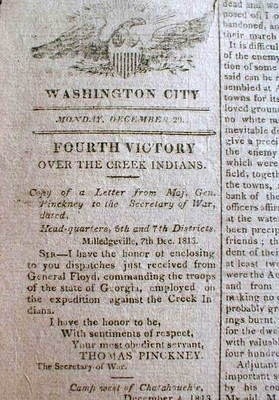 www.google.com/…
www.google.com/…  www.google.com/…
www.google.com/…
Vine Deloria Jr. in God Is Red made a critical observation during the time of Wounded Knee 1973. He pointed out that American society bought more copies of Dee Brown’s Bury My Heart at Wounded Knee in lieu of being more aware and involved in the current situation. Overall, isn’t that still true today with the exception of DAPL?
It’s easier to watch football.

Than know anything about those “vanished races,” isn’t it?
“When the Indians won, it was a massacre” as half the saying goes. Ending this, John L. O’Sullivan was a journalist in the mid 1840’s, and he wrote in 1845, “our manifest destiny to overspread the continent allotted by Providence for the free development of our yearly multiplying millions.” That with propaganda during the Extermination Phase of the American Indian gives the press reason to now make amends by giving more “oxygen in the room” to American Indian issues, so the country can cease believing American Indians are vanished races. That, I dare say, is its “Destiny.” Shame on the press.
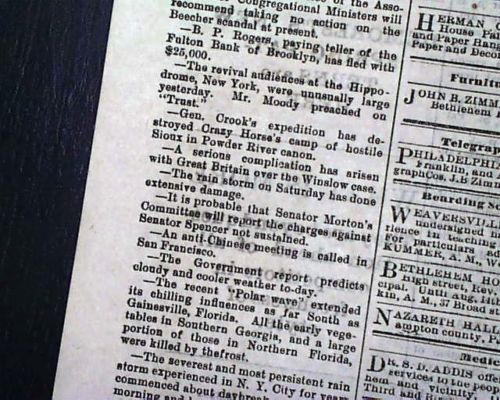 The Press had no problem calling Crazy Horse’s Camp “hostile Sioux,” making General Crook seem like the hero who “destroyed” the camp.
The Press had no problem calling Crazy Horse’s Camp “hostile Sioux,” making General Crook seem like the hero who “destroyed” the camp.
Manifest Destiny is a term for the attitude prevalent during the 19th century period of American expansion that the United States not only could, but was destined to, stretch from coast to coast. This attitude helped fuel western settlement, Native American removal and war with Mexico. The phrase was first employed by John L. O’Sullivan in an article on the annexation of Texas published in the July-August 1845 edition of the United States Magazine and Democratic Review, which he edited.
Poll30votesShow Results
Does the general press adequately cover American Indian issues and related current events?
30votesVote Now!
Does the general press adequately cover American Indian issues and related current events?
Yes 7% 2 votesNo 28 votes
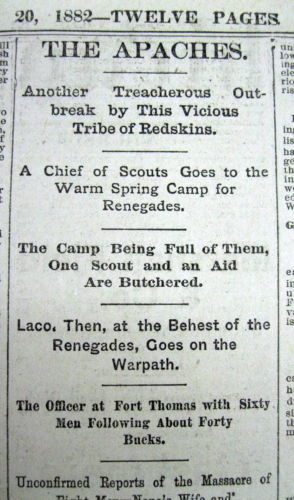
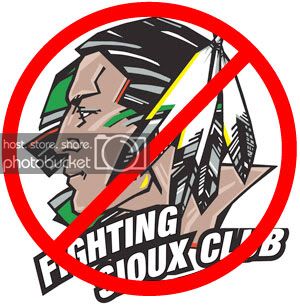
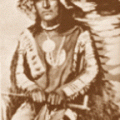

Leave a Reply